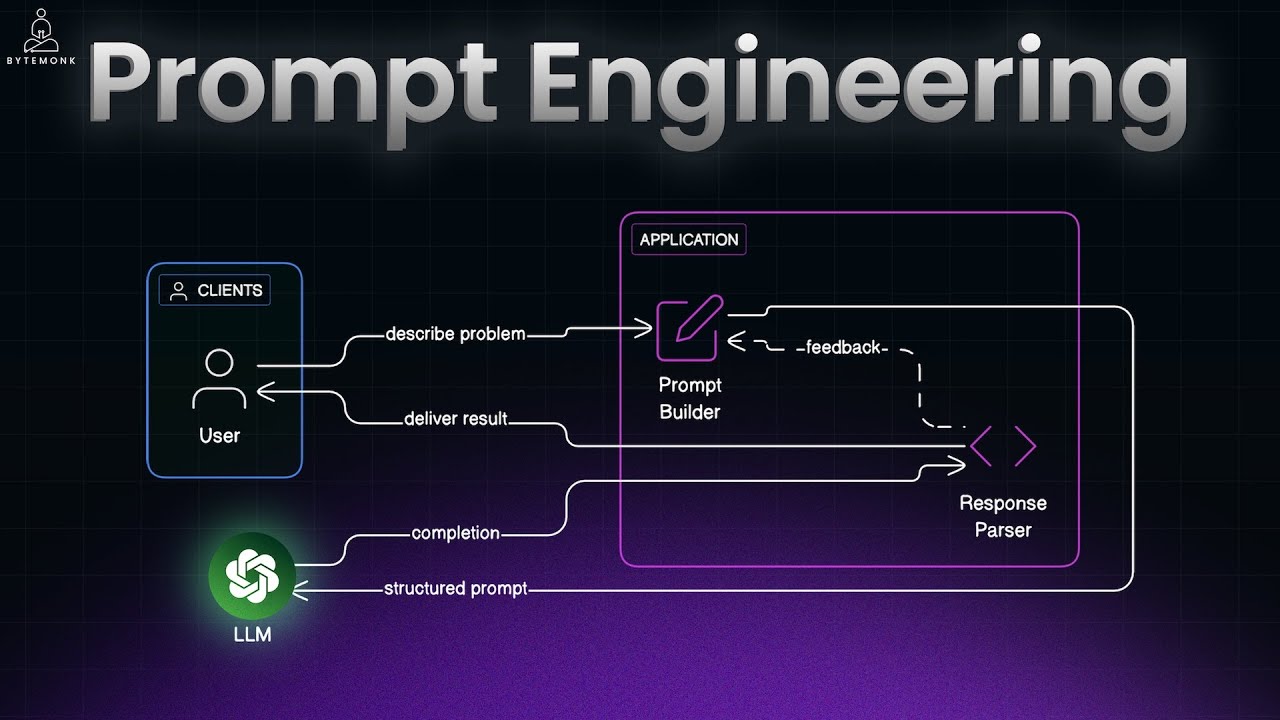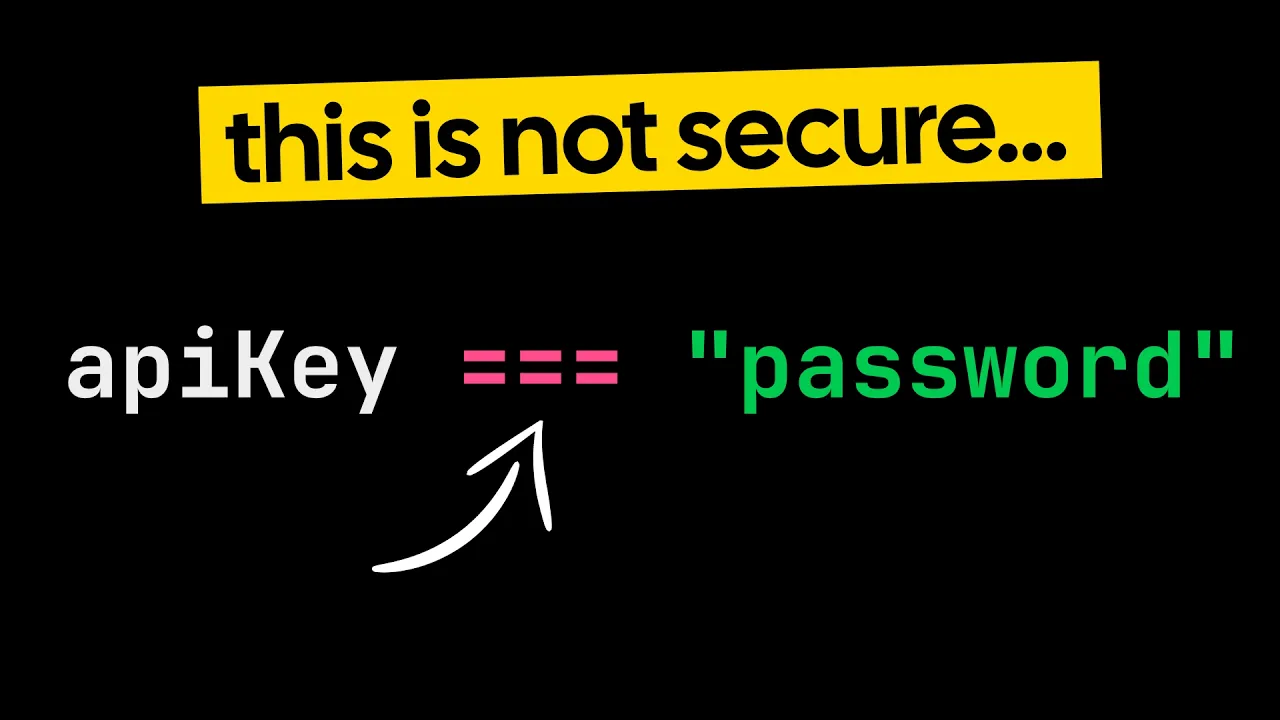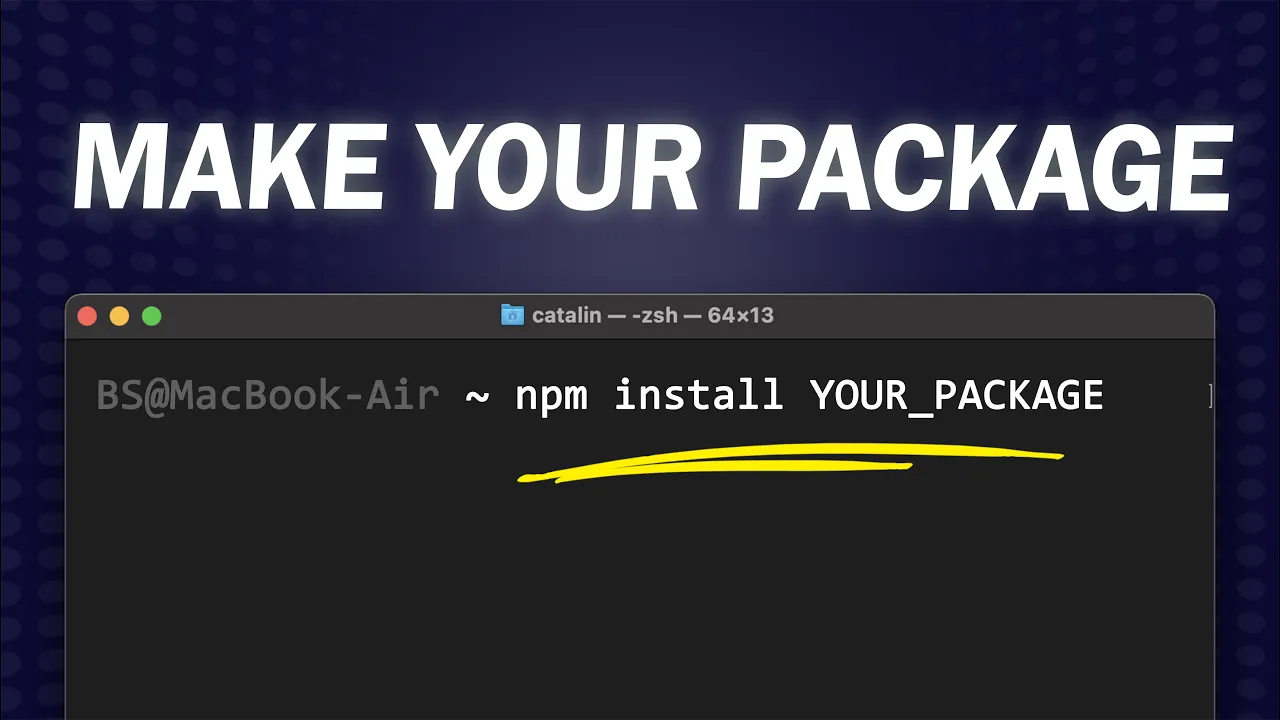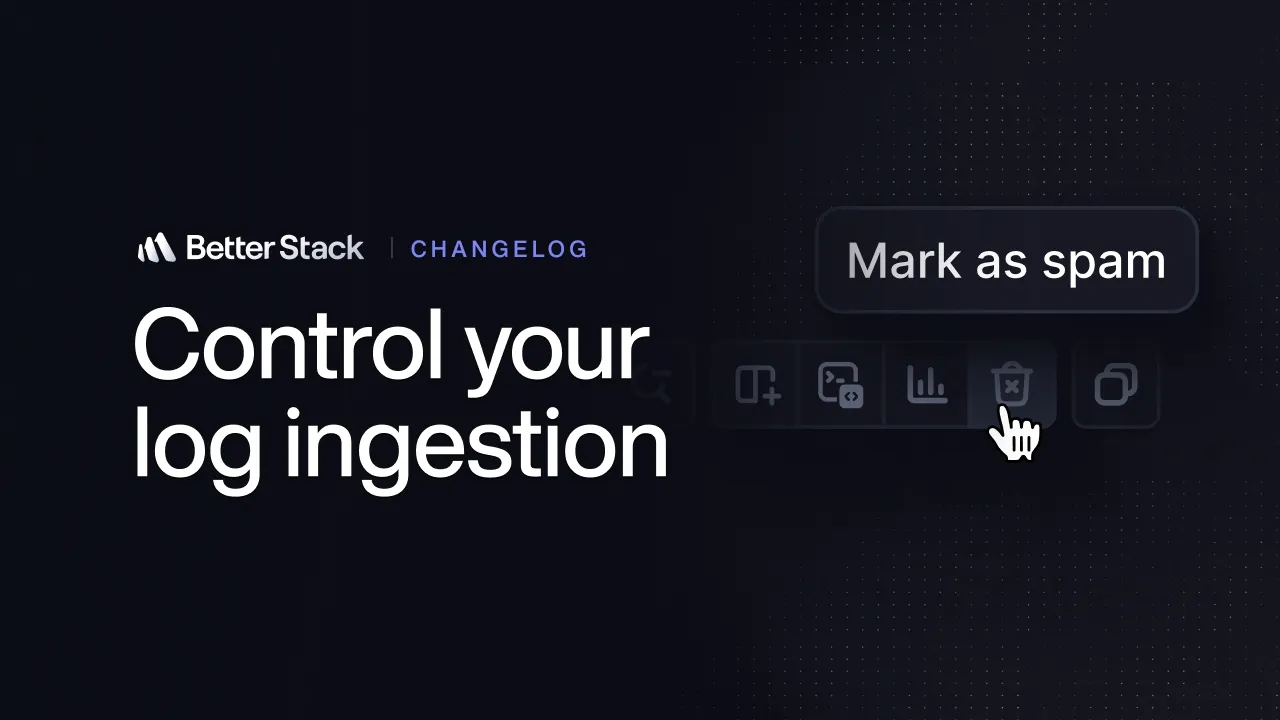Backend Development Principles
Core concepts, architectural approaches, and implementation patterns for building robust, scalable, and maintainable backend systems form the foundation of modern software infrastructure that powers digital experiences across devices and platforms. Effective backend architecture begins with clear separation of concerns, dividing responsibilities into distinct layers including presentation, business logic, and data access—a pattern that enhances maintainability by isolating changes to specific components while enabling specialized testing strategies for each layer. Scalability considerations drive architectural decisions toward stateless services that can be horizontally scaled across multiple instances, with load balancing techniques distributing traffic efficiently and caching strategies reducing database load for frequently accessed data. Error handling and resilience patterns including circuit breakers, retries with exponential backoff, and graceful degradation ensure systems remain operational during partial failures or performance degradation, maintaining core functionality even when non-critical components experience issues. Database design decisions significantly impact system performance and flexibility, with strategies ranging from traditional normalized relational models to denormalized structures optimized for specific query patterns, while polyglot persistence approaches leverage different database technologies for different data types and access patterns within a single application. Authentication and authorization frameworks implement role-based access control, OAuth flows, and token validation mechanisms that secure endpoints while maintaining a smooth user experience, with API gateways providing a unified entry point for client applications while handling cross-cutting concerns like rate limiting, request validation, and response transformation.









